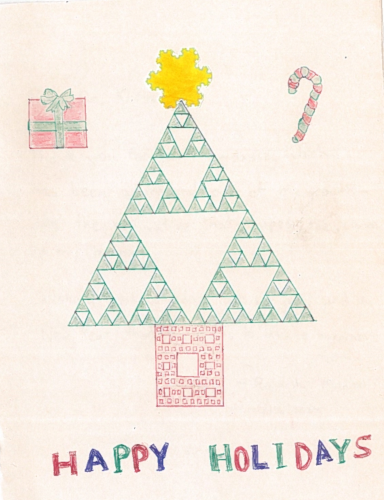The Weight of a 1-Kilo Brick
My goal is to expand my students’ minds. So, though my STEP program is about mathematics, I sometimes give problems from other areas for homework. Here is a recent physics one.
Puzzle. You have a brick of 1 kilogram. How does the weight of the brick change during the year?
As always, my students generated tons of ideas about what can influence the weight.
- The Sun’s gravitational pull can influence the weight.
- The Moon’s gravitational pull can influence the weight.
- It would possibly decrease slightly due to factors such as weathering.
- During rainy days, it could absorb moisture and become heavier.
- Due to thermal expansion, the brick will be larger in the summer than in the winter, which means it displaces more air. As a result, it will weigh less in the summer.
I am not into physics. So, when I got these replies, I contacted a real physicist friend, Levy Ulanovsky. He referred me to Wikipedia: The first operational definition of weight was given by Euclid, who defined weight as: “the heaviness or lightness of one thing, compared to another, as measured by a balance.” This implies that when we talk of “weight”, we need to specify how we measure it. He continued by saying that the above ideas all make sense if we measure the weight force, e.g., by using a spring or pendulum frequency. Yet if our measurement is relative, e.g., by using a lever-like scale, then, for example, the sun’s gravitational pull is not a valid answer.
For example, if we measure the weight using a lever-like scale, with our brick on one side and a known weight combination on the other, then the weight reading on the moon will be the same as on Earth. If you use a spring, the weight will be different.
He added: People often use the words “weight” and “mass” interchangeably. But for teaching, you may wish to clarify that weight force is mg. A change in pendulum frequency shows a change in g, the acceleration due to gravity. A balance (lever-like) can show a change in m, the mass on one of its two plates relative to the mass on the other plate, with g equal at both ends. A spring, a rubber band, or a springboard can show a change in the weight force mg, whether caused by a change in m, in g, or in both m and g. Of the four student answers, the moon and sun change g; weathering and moisture change m; thermal expansion has several effects that interplay in a complicated way, so we’re better off forgetting about it.
I also asked Levy which effect is the strongest. His reply was: assuming a spring, a pendulum, or the like, the strongest effect is due to the Moon.
Share:




